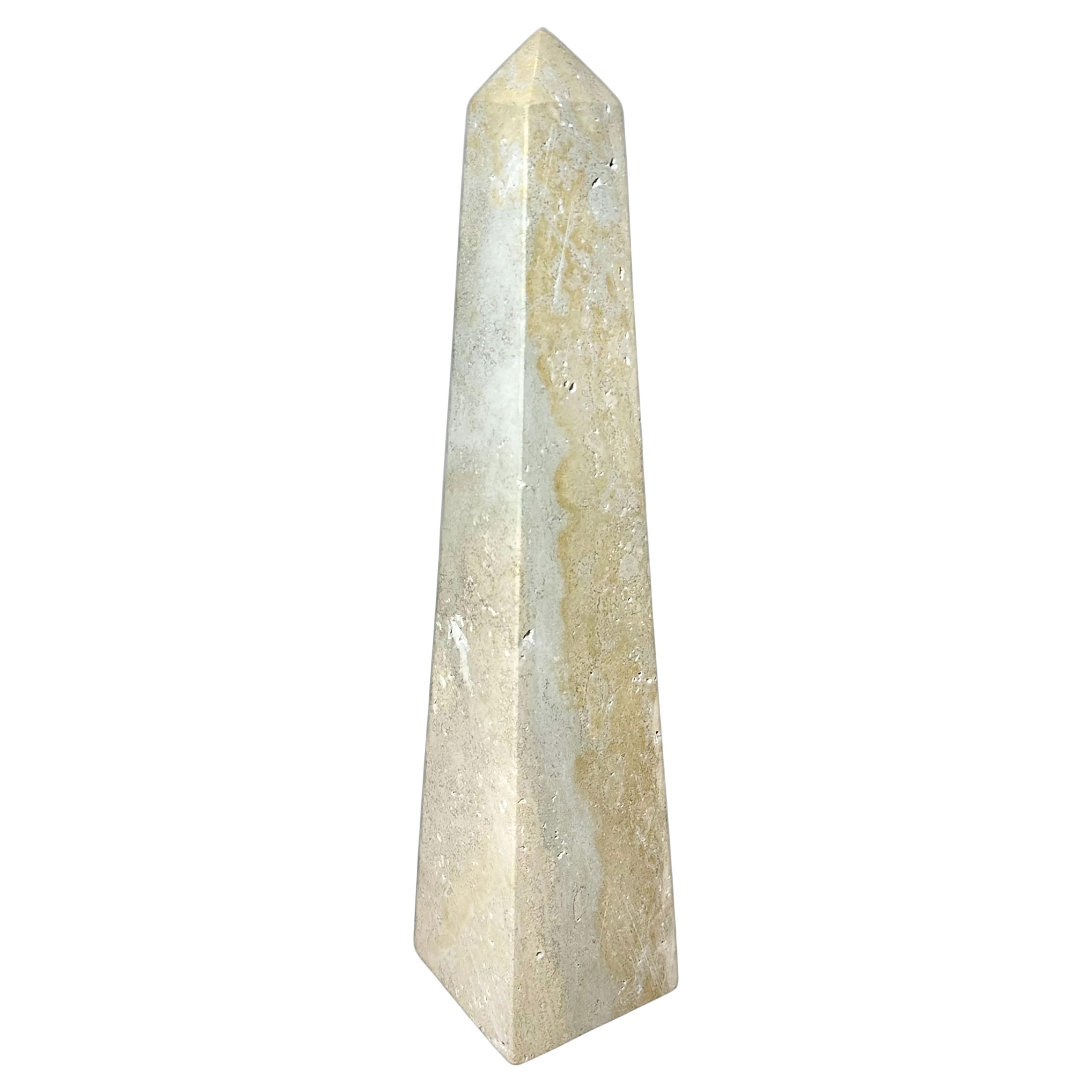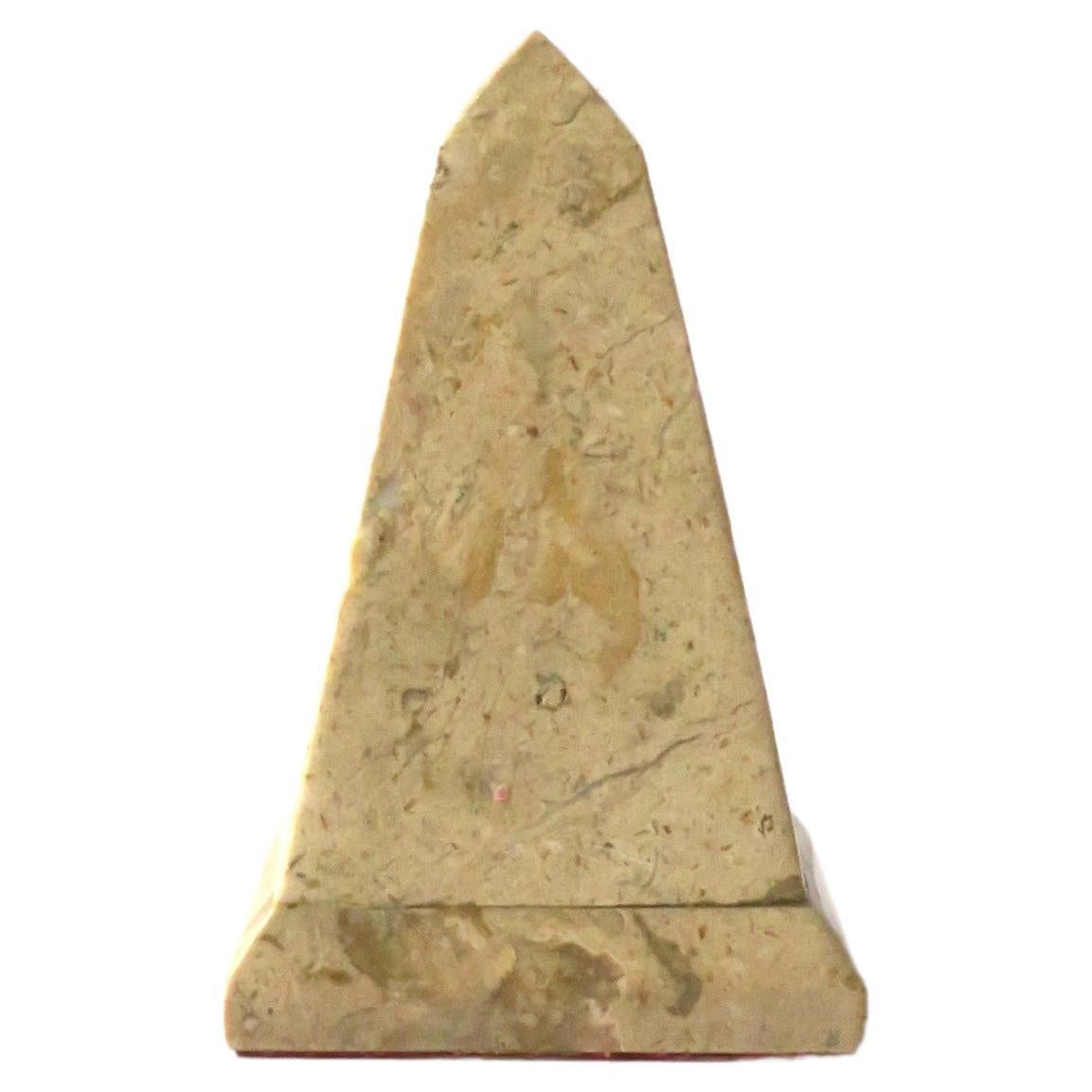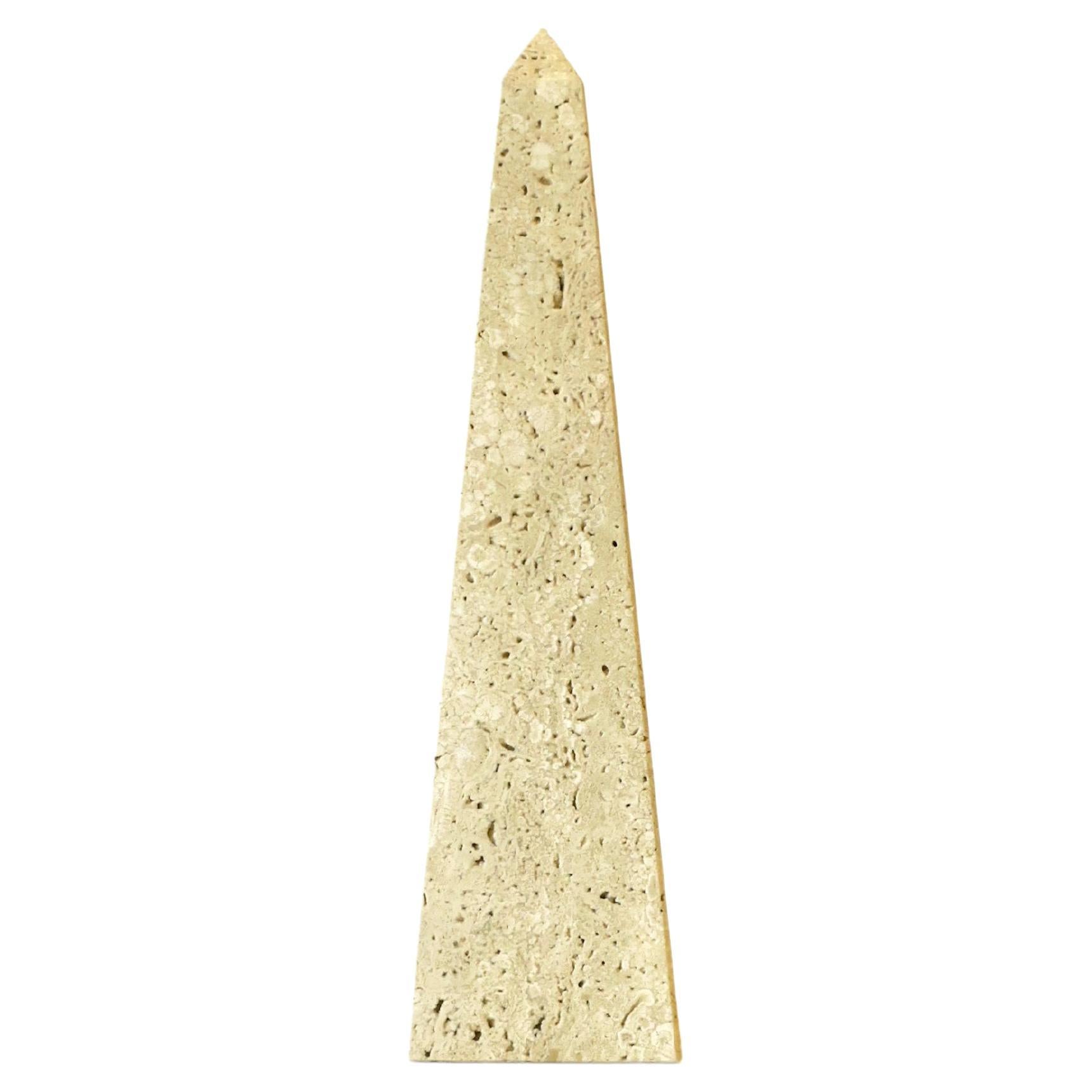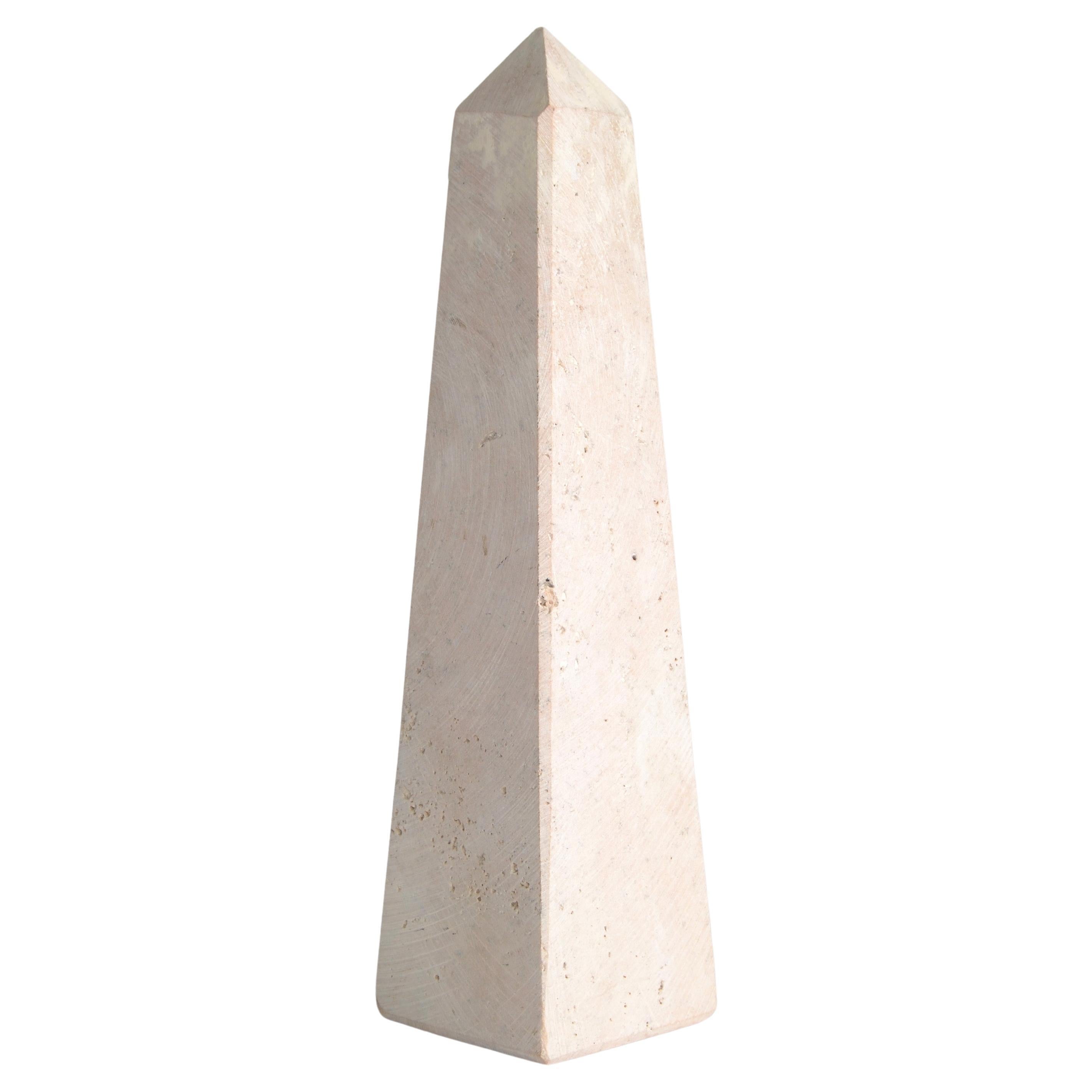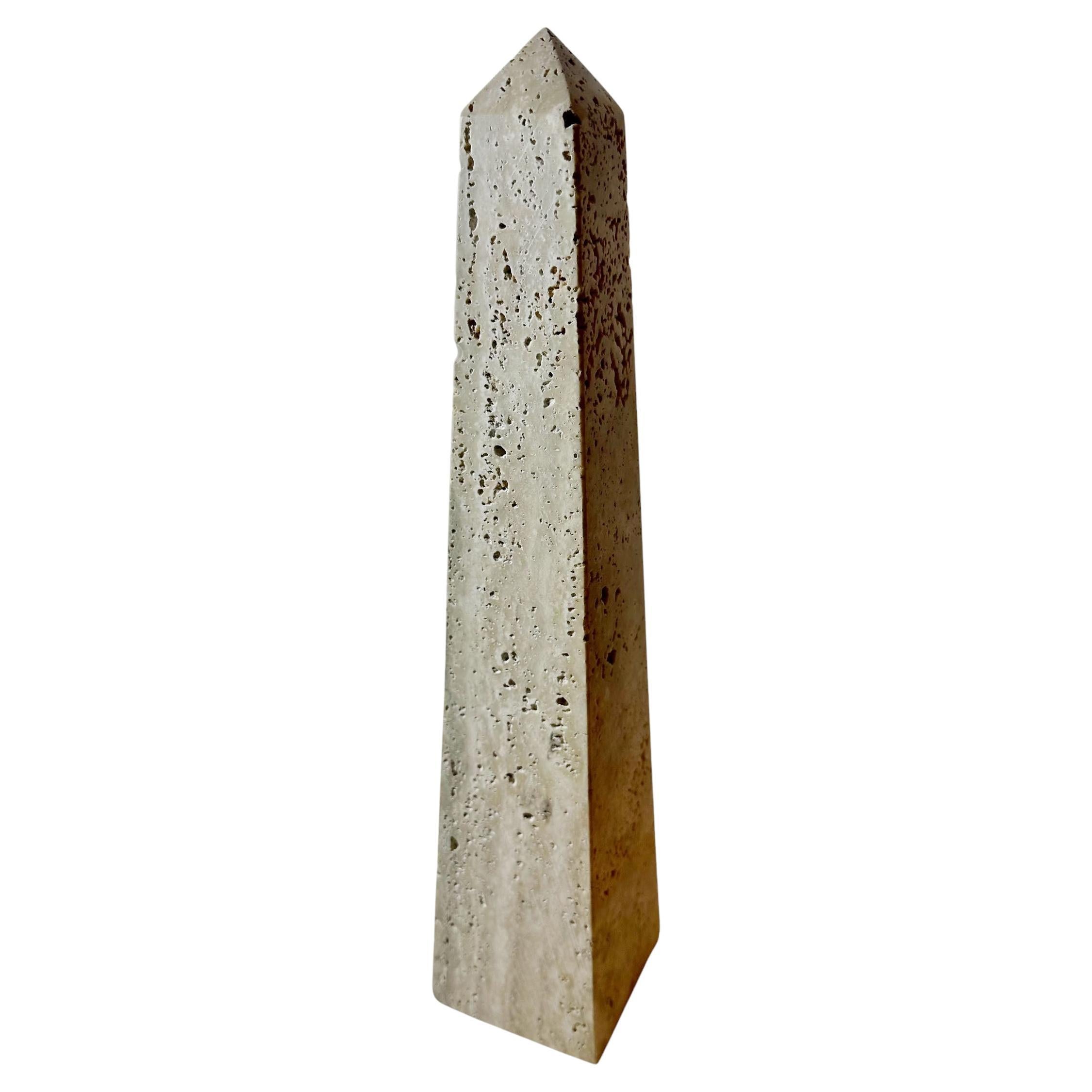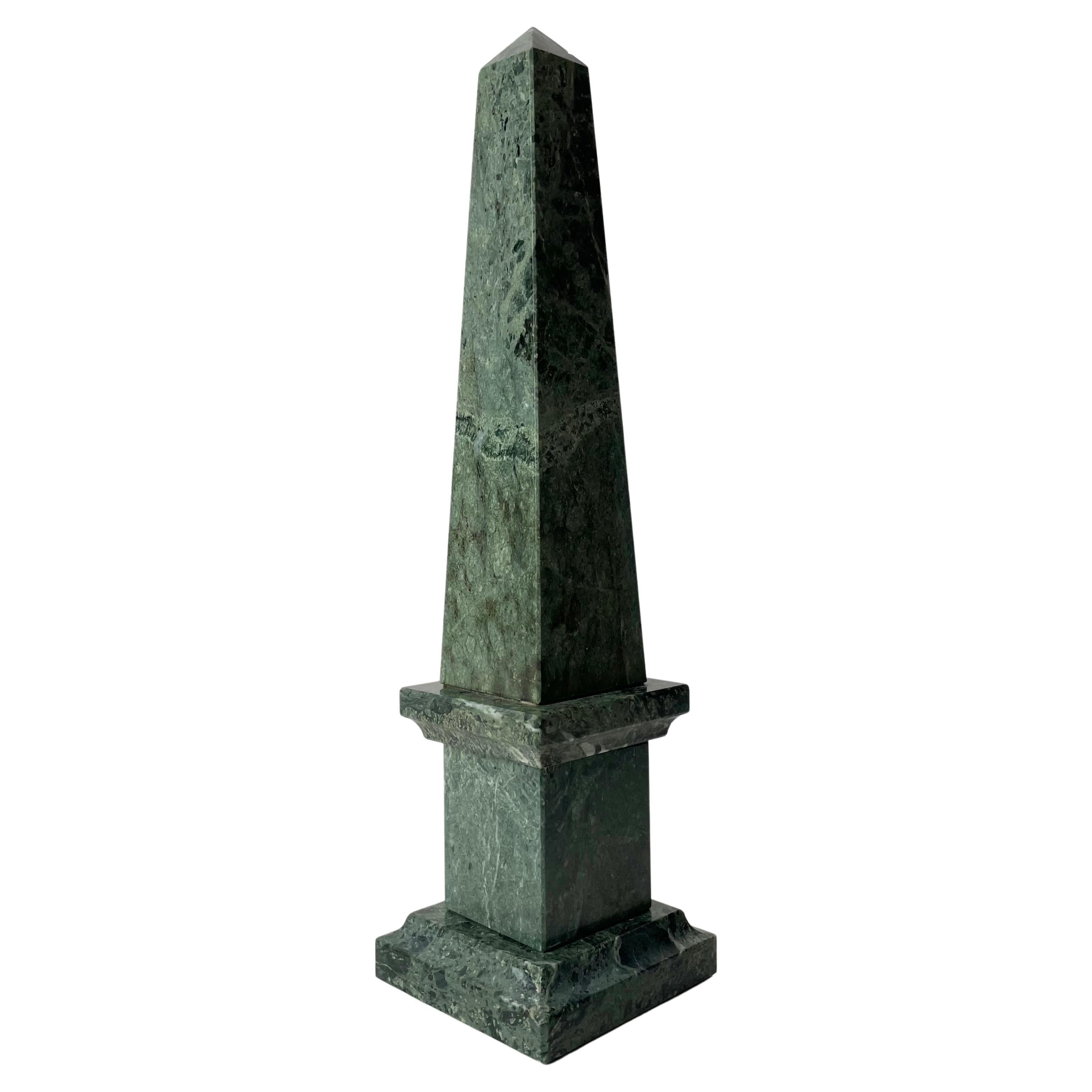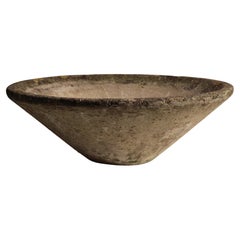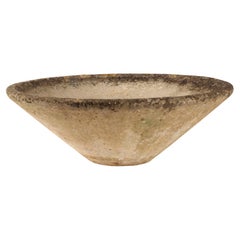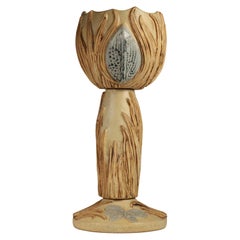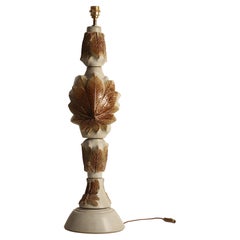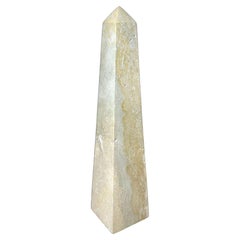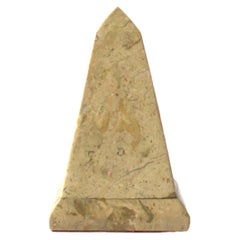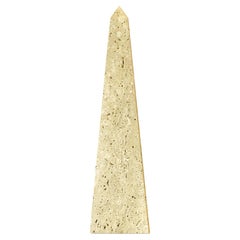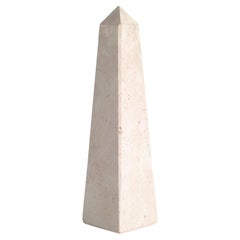Items Similar to White Marble Stone Obelisk Made in Italy and in the Style of the Grand Tour
Want more images or videos?
Request additional images or videos from the seller
1 of 8
White Marble Stone Obelisk Made in Italy and in the Style of the Grand Tour
$168.74
£124
€145.68
CA$231.82
A$258.80
CHF 135.61
MX$3,168
NOK 1,722.23
SEK 1,623.85
DKK 1,087.22
Shipping
Retrieving quote...The 1stDibs Promise:
Authenticity Guarantee,
Money-Back Guarantee,
24-Hour Cancellation
About the Item
General note: Shipping quotes as supplied by 1stdibs are only indicative. We will discuss and figure out the best possible shipment method (and rate) for every individual object
Weight 1.55kg.
- Dimensions:Height: 12.52 in (31.8 cm)Width: 2.33 in (5.9 cm)Depth: 2.33 in (5.9 cm)
- Materials and Techniques:
- Place of Origin:
- Period:
- Date of Manufacture:20th Century
- Condition:
- Seller Location:London, GB
- Reference Number:1stDibs: LU2868328780602
About the Seller
5.0
Platinum Seller
Premium sellers with a 4.7+ rating and 24-hour response times
Established in 2015
1stDibs seller since 2017
194 sales on 1stDibs
Typical response time: 1 hour
- ShippingRetrieving quote...Shipping from: Maldon, United Kingdom
- Return Policy
Authenticity Guarantee
In the unlikely event there’s an issue with an item’s authenticity, contact us within 1 year for a full refund. DetailsMoney-Back Guarantee
If your item is not as described, is damaged in transit, or does not arrive, contact us within 7 days for a full refund. Details24-Hour Cancellation
You have a 24-hour grace period in which to reconsider your purchase, with no questions asked.Vetted Professional Sellers
Our world-class sellers must adhere to strict standards for service and quality, maintaining the integrity of our listings.Price-Match Guarantee
If you find that a seller listed the same item for a lower price elsewhere, we’ll match it.Trusted Global Delivery
Our best-in-class carrier network provides specialized shipping options worldwide, including custom delivery.More From This Seller
View AllWilly Guhl inspired concrete Planter in cone shape made in England 1960’s
By Willy Guhl
Located in London, GB
Mid-Century Modern Concrete Planter – 1960s English Design
Discover this exquisite Mid-Century Modern concrete planter from England, dating ba...
Category
Vintage 1960s English Mid-Century Modern Planters and Jardinieres
Materials
Concrete
Willy Guhl Inspired Concrete Planter in Cone Shape Made in England, 1960’s
By Willy Guhl
Located in London, GB
Mid-Century Modern Concrete Planter – 1960s English Design
Discover this exquisite Mid-Century Modern concrete planter from England, dating ba...
Category
Vintage 1960s English Mid-Century Modern Planters, Cachepots and Jardini...
Materials
Concrete
Mid Century Modern Ceramic Jardinière by Bernard Rooke
By Bernard Rooke
Located in London, GB
An organic and Brutalist style Jardine which would work perfectly with trailing foliage.
Bernard Rooke (born 1938) is a British artist and studio potter. Rooke has exhibited his "Brutalist" ceramics and painting both in the UK and abroad with work in many collections both public and private including the Victoria and Albert Museum, Cleveland Museum of Art, Nuffield Foundation, Röhsska Museum in Sweden and the Trondheim Kunstmuseum in Norway.
Bernard Rooke attended Ipswich School of Art studying painting and lithography before going on to study at Goldsmiths College of Art. It was while studying here that he decided to take up pottery. Although unfamiliar with this craft and tradition, he found that working with clay provided new opportunities for freedom of interpretation and creativity.
In 1960 Rooke set up his first pottery in Forest Hill in South London along with Alan Wallwork. It was a very small room with enough space for a small electric kiln. He was initially using mainly hand building, coiling, blocking and slabbing techniques. While researching ideas, he was supporting himself by part-time lecturing at London University, Goldsmiths College and St Mary's College. In addition, Rooke's membership of 'The Craftsman Potters' Association' enabled him to show his work in a shop in Carnaby Street in London.
In 1967, both the need for a larger working space and becoming disillusioned with living in London spurred Rooke into moving out of the city and to an old mill building in Swilland in Suffolk. Rooke wanted to widen the range of work so as to become more commercial. With the birth of his son, Aaron, and much needed work to be done on the mill, it was important to be able to make a living.
In 1968, the Grand Metropolitan Hotel commissioned Rooke to make 120 standard lamps, 120 table lamps as well as a 24 foot long ceramic mural and another 9 foot high, which incorporated interior lighting. The money from the commission helped to pay for much needed restoration work on the mill.
By the 1970s, a gallery space was opened in the windmill and run by Susan Rooke, Bernard's wife, selling work to locals and tourists as well as to American airmen based nearby. The vision for Mill Gallery was beginning to develop and alongside this a reputation was building bringing in a good source of income.
Sons Aaron and Felix were becoming more involved with the running of the pottery, giving Bernard more time to develop new ideas and designs and more time to continue with his painting. In 2004, the Rooke family decided not to sell to the public through the gallery anymore and close the pottery to concentrate more on painting and printmaking.
In 2017 Bernard's lighting was featured in the Exhibition: “Glass, Light, Paint & Clay” at the Peterborough Museum and Art Gallery. The exhibition featured four artists: Bernard Rooke, John Maltby...
Category
Vintage 1970s English Brutalist Planters and Jardinieres
Materials
Clay
Bernard Rooke Brutalist Dragon Fly and Leaf Floor Lamp Organic Style 1960-1970
By Bernard Rooke
Located in London, GB
An organic and Brutalist style Floor Lamp with Dragon Fly and Leaf design. No chips or cracks. Easily rewired for all regions.
Bernard Rooke (born 1938) is a British artist and studio potter. Rooke has exhibited his "Brutalist" ceramics and painting both in the UK and abroad with work in many collections both public and private including the Victoria and Albert Museum, Cleveland Museum of Art, Nuffield Foundation, Röhsska Museum in Sweden and the Trondheim Kunstmuseum in Norway. Bernard Rooke attended Ipswich School of Art studying painting and lithography before going on to study at Goldsmiths College of Art. It was while studying here that he decided to take up pottery. Although unfamiliar with this craft and tradition, he found that working with clay provided new opportunities for freedom of interpretation and creativity. In 1960 Rooke set up his first pottery in Forest Hill in South London along with Alan Wallwork. It was a very small room with enough space for a small electric kiln. He was initially using mainly hand building, coiling, blocking and slabbing techniques. While researching ideas, he was supporting himself by part-time lecturing at London University, Goldsmiths College and St Mary's College. In addition, Rooke's membership of 'The Craftsman Potters' Association' enabled him to show his work in a shop in Carnaby Street in London. In 1967, both the need for a larger working space and becoming disillusioned with living in London spurred Rooke into moving out of the city and to an old mill building in Swilland in Suffolk. Rooke wanted to widen the range of work so as to become more commercial. With the birth of his son, Aaron, and much needed work to be done on the mill, it was important to be able to make a living. In 1968, the Grand Metropolitan Hotel commissioned Rooke to make 120 standard lamps, 120 table lamps as well as a 24 foot long ceramic mural and another 9 foot high, which incorporated interior lighting. The money from the commission helped to pay for much needed restoration work on the mill. By the 1970s, a gallery space was opened in the windmill and run by Susan Rooke, Bernard's wife, selling work to locals and tourists as well as to American airmen based nearby. The vision for Mill Gallery was beginning to develop and alongside this a reputation was building bringing in a good source of income. Sons Aaron and Felix were becoming more involved with the running of the pottery, giving Bernard more time to develop new ideas and designs and more time to continue with his painting. In 2004, the Rooke family decided not to sell to the public through the gallery anymore and close the pottery to concentrate more on painting and printmaking. In 2017 Bernard's lighting was featured in the Exhibition: “Glass, Light, Paint & Clay” at the Peterborough Museum and Art Gallery. The exhibition featured four artists: Bernard Rooke, John Maltby...
Category
Vintage 1960s English Brutalist Floor Lamps
Materials
Pottery
Dalu Table Lamp by Vico Magistretti for Artemide
By Artemide, Vico Magistretti
Located in London, GB
This rare table lamp was designed by Vico Magistretti for the Italian manufacture Artemide during the 1960s, it is one of 2 that we currently have in stock. The lamp is made from one main piece of white plastic. Dalù is one a wonderful expression of Magistretti’s design ethos and reflects his belief that beauty and everyday functionality should be equally important in the object.
Vico Magistretti was born in Milan. He attended Parini High School before he enrolled in the Regio Politecnico Faculty of Architecture in Milan in the fall of 1939. In 1943-1944 he moved to Switzerland, where he attended several academic courses at the Champ Universitarie Italien in Lausanne. It was then that he spent time with Ernesto Nathan Rogers, who had a key influence on his intellectual education. In 1945 he returned to Milan, where he graduated from the Faculty of Architecture at the Polytechnic University. He immediately started working for his father's company, the architect Piergiulio Magistretti, in via Conservatorio. The 1950s were a very busy and fruitful period for the young architect, who came up with many innovative ideas and very quickly became one of the most outstanding representatives of the third generation. Over the next few years he worked as a designer as well as an architect, creating furniture and objects that will always be classics of contemporary production. It was then that he was awarded the Golden Compass for the Eclisse lamp (1967).He then started working with important companies such as Artemide, Campeggi, Cassina, De Padova, Flou, Fontana Arte, Fritz Hansen, Kartell, Olivari, Oluce, Poggi, Schiffini Mobili Cucine and Gebrüder Thonet Vienna. His design works are in the permanent collection of MoMA - Museum of Modern Art in New York and in many other museums in America and Europe. In the field of architecture, it is worth mentioning his nomination as an honorary member of the Royal College of Art in London, where he was also a visiting professor. He also participated in exhibitions and conferences in Europe, Japan and the USA. Established in the 1960s, Artemide is one of the most famous lighting brands in the world. Known for its philosophy, The Human Light...
Category
Vintage 1960s Italian Space Age Table Lamps
Materials
Plastic
Mid-Century Modern Brutalist Ceramic Table Lamp by Bernard Rooke
By Bernard Rooke
Located in London, GB
An organic and Brutalist style Butterly table lamp. No chips or cracks. Easily retired for all regions.
Bernard Rooke (born 1938) is a British artist and studio potter. Rooke has exhibited his "Brutalist" ceramics and painting both in the UK and abroad with work in many collections both public and private including the Victoria and Albert Museum, Cleveland Museum of Art, Nuffield Foundation, Röhsska Museum in Sweden and the Trondheim Kunstmuseum in Norway.
Bernard Rooke attended Ipswich School of Art studying painting and lithography before going on to study at Goldsmiths College of Art. It was while studying here that he decided to take up pottery. Although unfamiliar with this craft and tradition, he found that working with clay provided new opportunities for freedom of interpretation and creativity.
In 1960 Rooke set up his first pottery in Forest Hill in South London along with Alan Wallwork. It was a very small room with enough space for a small electric kiln. He was initially using mainly hand building, coiling, blocking and slabbing techniques. While researching ideas, he was supporting himself by part-time lecturing at London University, Goldsmiths College and St Mary's College. In addition, Rooke's membership of 'The Craftsman Potters' Association' enabled him to show his work in a shop in Carnaby Street in London.
In 1967, both the need for a larger working space and becoming disillusioned with living in London spurred Rooke into moving out of the city and to an old mill building in Swilland in Suffolk. Rooke wanted to widen the range of work so as to become more commercial. With the birth of his son, Aaron, and much needed work to be done on the mill, it was important to be able to make a living.
In 1968, the Grand Metropolitan Hotel commissioned Rooke to make 120 standard lamps, 120 table lamps as well as a 24 foot long ceramic mural and another 9 foot high, which incorporated interior lighting. The money from the commission helped to pay for much needed restoration work on the mill.
By the 1970s, a gallery space was opened in the windmill and run by Susan Rooke, Bernard's wife, selling work to locals and tourists as well as to American airmen based nearby. The vision for Mill Gallery was beginning to develop and alongside this a reputation was building bringing in a good source of income.
Sons Aaron and Felix were becoming more involved with the running of the pottery, giving Bernard more time to develop new ideas and designs and more time to continue with his painting. In 2004, the Rooke family decided not to sell to the public through the gallery anymore and close the pottery to concentrate more on painting and printmaking.
In 2017 Bernard's lighting was featured in the Exhibition: “Glass, Light, Paint & Clay” at the Peterborough Museum and Art Gallery. The exhibition featured four artists: Bernard Rooke, John Maltby...
Category
Vintage 1970s English Brutalist Table Lamps
Materials
Clay
You May Also Like
Mid Century Marble Obelisk
Located in Tampa, FL
A vintage polished travertine obelisk, was used by a very famous decorator in the 1970s.
Category
Vintage 1970s Italian Obelisks
Materials
Travertine, Marble
Marble Obelisk, Small
Located in New York, NY
A small, neutral, marble obelisk, in the Modern style, circa mid to late-20th century, 1960s, 1970s. Marble is a neutral marble stone similar to the hue of travertine marble. Piece m...
Category
Vintage 1970s Modern Obelisks
Materials
Marble, Stone
Italian Travertine Marble Obelisk
Located in New York, NY
A beautiful Italian travertine marble Obelisk, in the Modern style, circa 1970s, Italy. A great decorative object for a shelf, credenza, office, library, cocktail table, etc. Very go...
Category
Late 20th Century Italian Modern Obelisks
Materials
Travertine, Marble
Travertine Stone Mediterrane Mid-Century Modern Obelisks Grand Your Style
By Raymor
Located in Miami, FL
1980s Italian Beige Travertine Stone Obelisk in the Style of Grand Tour.
Look great as display and also very useful as bookends.
Handcrafted and Parts of Label at the base.
A-510-335
Category
Vintage 1980s Italian Grand Tour Obelisks
Materials
Travertine
Vintage Travertine Obelisk
Located in Tampa, FL
Vintage single obelisk from a well known decorator. Travertine marble. Circa 1970s, Italy.
Category
Vintage 1970s Italian Obelisks
Materials
Travertine, Marble
Refined Marble Obelisk, 20th Century
Located in Knivsta, SE
Refined Marble Obelisk, 20th Century
An obelisk made of solid and beautiful Green Marble. Exquisite form which is enhanced by the exclusivity of the material.
Wear consistent with ...
Category
20th Century European Obelisks
Materials
Marble
More Ways To Browse
White Obelisks
Black Marble Obelisk
Pair Obelisk
White Obelisks
Black Marble Obelisk
Blue Obelisk
Pair Black Obelisks
Tall Obelisks Pair
Monumental Obelisk
Mirrored Obelisk
Pair Of Rock Crystal Obelisks
19th Century Italian Marble Obelisks
Green Marble Obelisk
Pair Of Malachite Obelisks
Yellow Obelisk
Obelisk Marble Antique
Wooden Obelisk
Tessellated Obelisk
